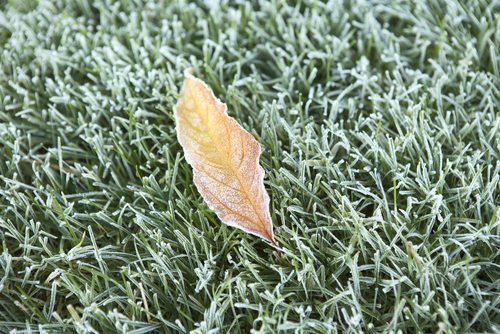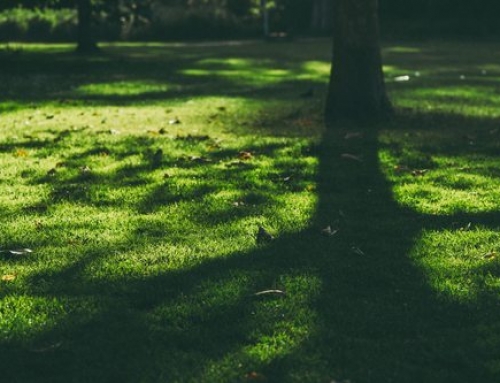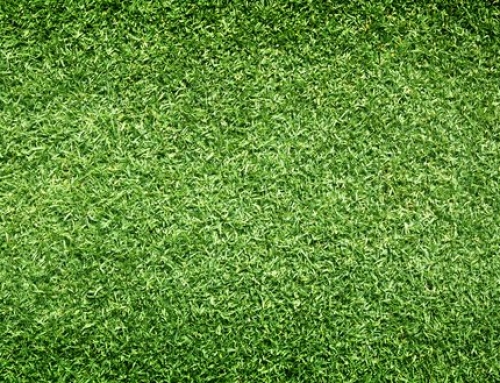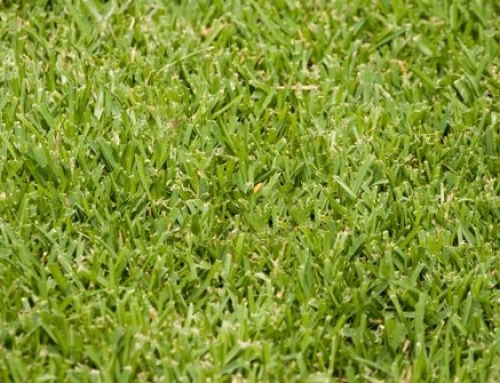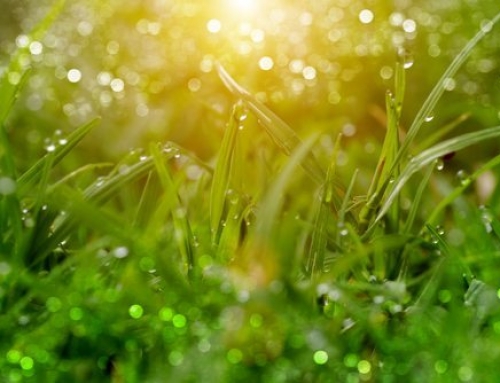As the premier grass and sod company, Nimmer Turf, located in Columbia and Mt. Pleasant, South Carolina, we are advising our clients that if they have not begun the winterizing of their lawn, now would be a good time to start. It is recommended that the winterizing fertilizer is applied in October or November. Most lawns become semi-dormant during the winter months and its growth slows dramatically. Depending on the grass, most lawns will lose some of some its dark green color and recovery from damage will also be slowed during the colder months.
However, it is still possible to keep lawns looking their best even during the coldest months. In this article, we will discuss the importance of lawn winterization and offer suggestions for its maintenance during the winter months.
Why Should I Winterize My Lawn in South Carolina?
The reason that fall fertilizing is so effective is because plants respond to external triggers in fall that start the process of preparing for winter, such as day length and temperature changes. As days shorten and the air becomes cool, turfgrass responds by slowing growth and shifting food reserves from leaves to roots. Although air temperature continues to fall, plant roots remain active in the soil. This is true of many different kinds of plants, including grass.
Shifting excess nutrients to roots is the secret to plants’ return each spring. Those stored food reserves fuel the spring wake-up. By fertilizing grass in fall, you are feeding the active roots and giving them nutrients to store for winter.
As the weather gets colder, your lawn’s nutrient needs change in the fall in preparation for the cold weather ahead. Winterizing fertilizers are high in potassium. Potassium is a very important nutrient in overall plant health. Potassium works at the cellular level to strengthen and harden plants from top to bottom, making them more tolerant of cold and stress. Potassium also helps a plant absorb other nutrients, making it an important component of balanced feeding for your lawn.
How Can I Care for My Lawn This Winter in South Carolina?
Popular Mechanics offers these helpful tips for lawn care this winter.
KEEP ON MOWING
Continue to water and mow your lawn, as needed, throughout the fall. Then as the season draws to a close, drop the mower’s blade to its lowest setting for the last two cuttings of the year. That will allow more sunlight to reach the crown of the grass, and there will be less leaf to turn brown during the winter.
*Note: As you lower the blade, just remember not to trim off more than one-third of the grass blades at any one time. If necessary, gradually lower the cutting height until the time of the final two cuttings.
AERATE THE SOIL
Fall is also an ideal time to aerate your lawn so that oxygen, water, and fertilizer can easily reach the grass’s roots. You can rent a gas-powered, walk-behind lawn aerator for about $70 per day. The self-propelled machine will quickly punch holes into the soil and extract plugs of dirt. If you’ve got a very large yard—say, more than 3 or 4 acres—and don’t feel like aerating it yourself, hire a landscaping contractor.
RAKE THE LEAVES
I know raking leaves is no one’s idea of fun, but it’s important to remove fallen leaves from your lawn as soon as possible. Don’t wait until all the leaves have fallen from the trees to start raking. If you do, the leaves will become wet from rain and morning dew, stick together, and form an impenetrable mat that if left unmoved will suffocate the grass and breed fungal diseases.
It is extremely important not to leave debris, leaves, or toys out on the lawn. These things can smother the grass, create disease conditions, and invite insects, mice, and other damaging pests.
An alternative to raking leaves is to use a lawnmower fitted with a collection bag or vacuum system. These methods are particularly effective if you have a very large yard with many deciduous trees. Regardless of whether you use a rake or a lawnmower, just be sure to remove the leaves before they turn into a soggy, suffocating mess.
FERTILIZE FOR FUTURE GROWTH
Most lawn experts agree: If you fertilize your lawn only once a year, do it in the fall. The reason? Grass leaves grow much more slowly as the weather turns cool, but the grass roots and rhizomes continue to grow quickly. (Rhizomes are the horizontal plant stems that lie just beneath the soil’s surface; they produce the blades of grass above and the roots below.) A fall application of fertilizer delivers essential nutrients for the grass to grow deep roots now and to keep nutrients on reserve for a healthy start next spring.
Wait until mid-to-late fall, then apply a dry lawn fertilizer to all grassy areas; be careful not to miss any spots. You could use a crank-style broadcast spreader, but for optimum coverage, consider using a walk-behind drop spreader. It takes a little longer, especially on hilly yards, but a drop spreader provides the best way to apply an even, consistent layer of fertilizer.
FILL IN BALD SPOTS
Autumn is also a great time of year to fix any bare, bald spots in your lawn. The quickest, easiest way to do this is with an all-in-one lawn repair mixture. Sold at most garden shops and home centers, this ready-to-use mixture contains grass seed, a special quick-starter lawn fertilizer, and organic mulch.
Use a garden rake to scratch loose the soil at the bald spot in your lawn. Then spread a thick layer of the lawn repair mixture over the area. Lightly compact the mixture, then water thoroughly, and continue to water every other day for two weeks.
When you winterize your lawn, you are paving the way for lush, healthy spring turf. We know that maintaining a lawn, year-round, takes work. Aerating, fertilizing seeding, mowing, watering, all of this can be daunting. However, the grass and sod experts at Nimmer Turf will walk you through proper lawn care for all season. Contact Nimmer Turf for a free consultation and learn the ways in which you can keep our lawn green throughout the year.


